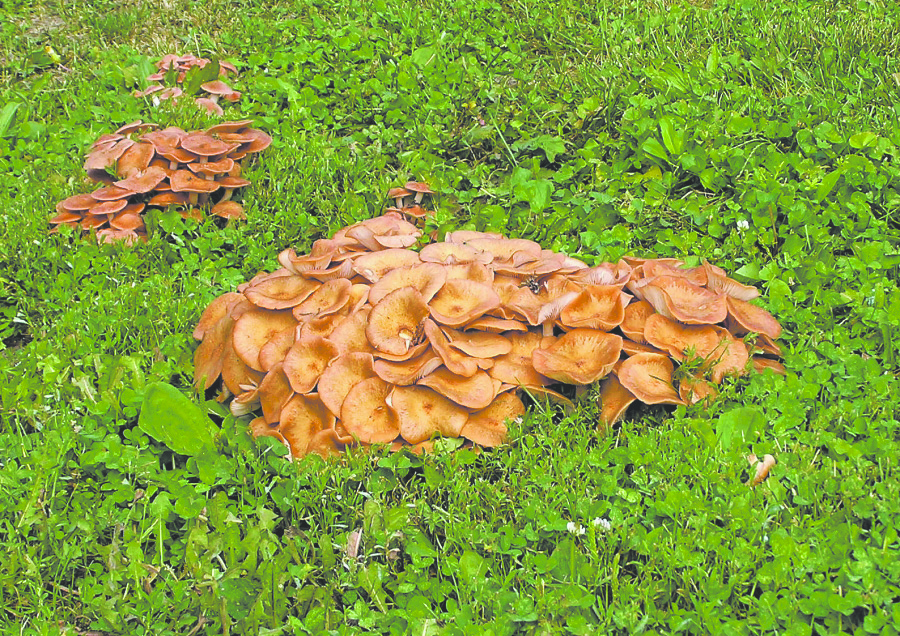Feed your curiosity - Get to know nature classes

By Sara Scudier
Ohio certified volunteer naturalist
CANFIELD
Want to learn more about the world around you? Curious about the wildlife in your backyard?
Last year, Mahoning County Extension’s Ohio Certified Volunteer Naturalists (OCVNs) sponsored programs that were an outstanding success.
From amphibians to deer, we covered much of what you see in your backyard.
Our finale was a program by Heather Merritt from Birds in Flight Sanctuary. It was attended by more than 100 community members who got to meet a number of rescued hawks and owls.
This year, Mahoning County OCVNs and Mill Creek MetroParks are sponsoring six programs that will help residents learn more about Ohio State University Extension’s OCVN program and all of the exciting activities and programs they sponsor, as well as the MetroPark’s many outdoor activities and programs.
This year’s topics include an introduction to mushrooms, Ice Age Ohio, pollinators, coyotes, bats and, of course, backyard birding.
Our first program will take place from 5 to 6 p.m. Feb. 24 in McMahon Hall at the MetroParks Farm in Canfield. Summit MetroParks’ Dave Brumfield’s topic will be an “Introduction to Mushrooms.”
Come discover the beauty, variety and ecology of mushrooms. You will learn their basic structure, tips for identification and fun facts related to mushrooms.
Mushrooms are a type of fungus. Fungi are different from plants because they have no chlorophyll, the green pigment that allows plants to make sugar from sunlight.
Fungi absorb food from the environment in which they live. They use filaments called hyphae (a group of hyphae are called mycelium) to take in food.
The mycelium can remain dormant in the soil for many seasons.
Each hyphae works its way through the soil until it reaches the surface.
At the right moment for reproduction, the hyphae push through the soil and form fruiting bodies.
These are what we think of as mushrooms.
This is the mature reproductive body, which produces the spores that start the cycle all over again.
Each hyphae is a single cell that will develop into a group and form its own mycelium.
There are about 2,000 kinds of mushrooms growing wild in Ohio.
They are important to the environment in a number of ways: they recycle nutrients by breaking down organic matter and they provide food to us and other animals.
Many are very specific about where they grow, needing particular trees to sustain them.
Mycelium grow among the tree roots and have a mutually beneficial relationship with the tree.
If you would like to learn more about mushrooms, register for the Feb. 24 program at Fellows Riverside Gardens or call OSU Extension at 330-533-5538.
For information and photos of some of Ohio’s mushrooms, visit http://go.osu.edu/mushrooms.
 43
43
